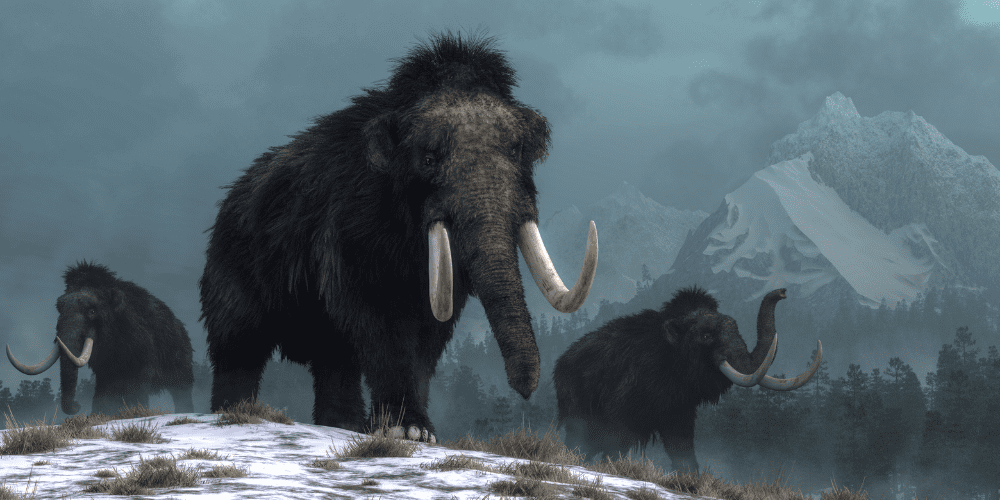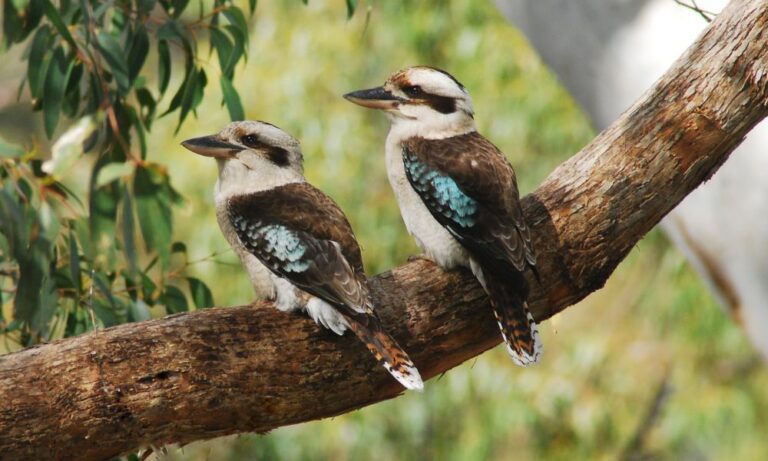Start-up company Colossal Laboratories & Biosciences unveiled controversial plans this week to create a “cold-resistant elephant with all of the core biological traits of the woolly mammoth.”
So far, the company has raised $15 million USD from investors for the project. The plan, they say, is to edit the DNA of the Asian elephant and insert traits of the woolly mammoth. The result, they hope, will be an hybrid embryo that will be carried by a surrogate African elephant.
The company has come under scrutiny for the ethicality of the initiative. They say their goal is to return the species to the Arctic tundra region where the woolly mammoth once lived. “We believe our work will restore this degraded ecosystem to a richer one, similar to the tundra that existed as recently as 10,000 years ago,” Ben Lamm, CEO of Colossal told The Washington Post.
This isn’t the first time scientists have tried to revive the extinct animal. In early 2019, researchers from Kindai University in Osaka extracted bone marrow and muscle tissue from the remains of a 28,000-year-old woolly mammoth and injected it into the ovaries of a mouse, according to a study published Tuesday in the journal Scientific Reports.
When placed in the ova of mice, the nuclei developed to a state just before cellular division, triggering “signs of biological activity,” according to the researchers.
The team’s recent findings were extracted from ‘Yuka’, a female woolly mammoth about 3.5 metres long excavated nearly intact in 2010 from permafrost in Siberia.
Kei Miyamoto, a lecturer in developmental biology at Kindai University, and one of the authors, told the Nikkei that the findings marked a “significant step towards bringing mammoths back from the dead”.
Highlighting that they “still have a long way to go” before the species returns to existence, he added: “We want to move our study forward to the stage of cell division.”
“Yuka’s cell nuclei were more damaged than we thought, and it would be difficult to resurrect a mammoth as things stand,” said Miyamoto. “There’s a chance, if we can obtain better-preserved nuclei.”
“Our work provides a platform to evaluate the biological activities of nuclei in extinct animal species,” the report read. “Ancient species carry invaluable information about the genetic basis of adaptive evolution and factors related to extinction.”
Woolly mammoths, which had tusks and weighed roughly 6 tons, lived in East Asia until their extinction about 10,000 years ago.







